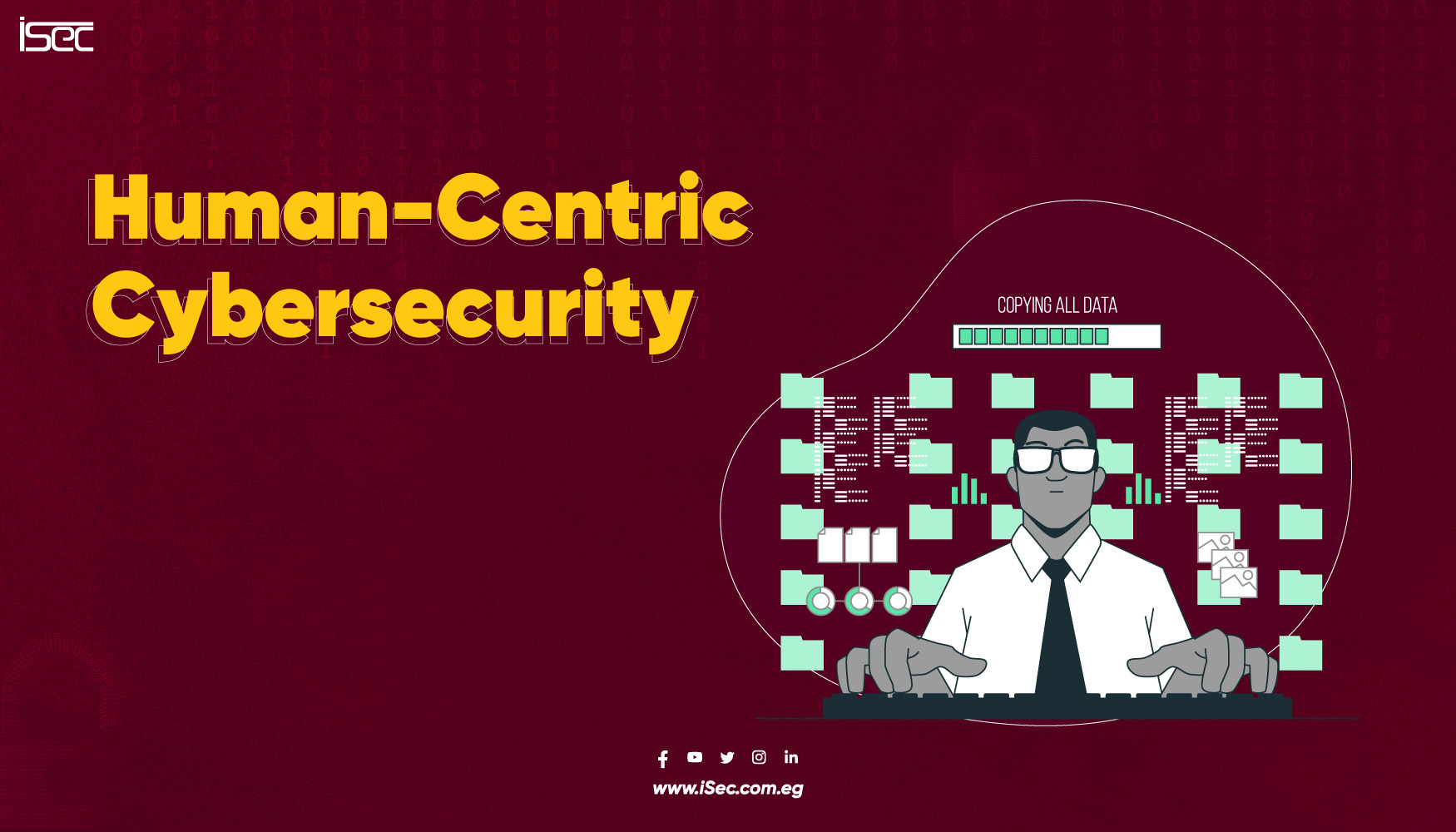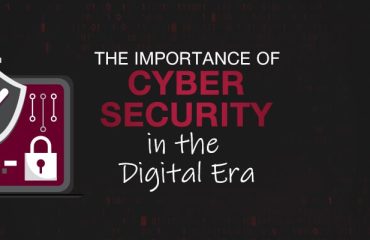
In the evolving landscape of cybersecurity, one factor remains constant: the human element. Despite advances in technology, people continue to be both the strongest and weakest links in the security chain. Human-centric cybersecurity aims to address this by focusing on the behaviors, awareness, and practices of individuals within organizations. By understanding and mitigating human vulnerabilities, we can create more robust defenses against cyber threats.
Understanding Human-Centric Cybersecurity
Human-centric cybersecurity is a comprehensive approach that places individuals at the core of security strategies. It recognizes that technology alone cannot solve all security problems. Instead, it combines technical solutions with efforts to educate, empower, and motivate people to adopt secure practices.
Key aspects of human-centric cybersecurity include:
- User Awareness and Education:
- Training Programs: Regular and comprehensive training sessions help employees recognize and respond to phishing attacks, social engineering tactics, and other common threats.
- Simulated Attacks: Conducting simulated phishing attacks can gauge employees’ awareness levels and provide hands-on learning experiences.
- Security Policies: Clear, accessible, and regularly updated security policies ensure everyone understands their roles and responsibilities.
- Behavioral Analytics:
- Monitoring: Analyzing user behavior to detect anomalies that may indicate malicious activities, such as unauthorized access or data exfiltration.
- Machine Learning: Leveraging machine learning algorithms to identify patterns and predict potential security incidents based on user behavior.
- User-Centric Design:
- Intuitive Interfaces: Designing security tools and protocols that are user-friendly can reduce errors and improve compliance.
- Feedback Mechanisms: Providing immediate feedback to users when they make security-related decisions, helping them learn and adapt in real time.
- Psychological Factors:
- Understanding Motivation: Recognizing the psychological factors that influence behavior, such as stress, fatigue, and motivation, can help in designing more effective security measures.
- Incentivizing Good Behavior: Rewarding employees for good security practices can motivate them to maintain high standards of cybersecurity.
The Importance of Human-Centric Cybersecurity
- Reducing Human Error:
- Human error is a leading cause of security breaches. By educating and empowering users, organizations can significantly reduce the likelihood of mistakes that lead to vulnerabilities.
- Enhancing Threat Detection:
- Users who are well-informed and vigilant can act as an additional layer of defense, identifying and reporting suspicious activities that automated systems might miss.
- Building a Security-Conscious Culture:
- A culture of security awareness within an organization ensures that cybersecurity is considered in every decision, from everyday operations to strategic planning.
- Improving Incident Response:
- When users understand security protocols and know how to respond to incidents, the organization can react more swiftly and effectively, minimizing damage and recovery time.
Implementing Human-Centric Cybersecurity
- Develop Comprehensive Training Programs:
- Tailor training sessions to different roles within the organization to ensure relevance and engagement.
- Use a variety of training methods, including workshops, e-learning, and interactive sessions, to cater to different learning styles.
- Leverage Technology to Support Human Efforts:
- Implement behavioral analytics tools to monitor and analyze user activities.
- Use machine learning to enhance threat detection and predict potential security incidents.
- Foster a Culture of Security:
- Encourage open communication about security issues and encourage employees to report suspicious activities without fear of repercussions.
- Recognize and reward good security practices to reinforce positive behavior.
- Design User-Friendly Security Measures:
- Ensure that security protocols are easy to understand and follow.
- Provide tools that integrate seamlessly into users’ workflows to minimize disruption and encourage compliance.
Conclusion
Human-centric cybersecurity is an essential strategy in today’s digital age. By placing people at the heart of security efforts, organizations can create a more resilient defense against cyber threats. This approach not only reduces the risk of human error but also fosters a culture of security awareness and vigilance, making every individual an active participant in the organization’s cybersecurity posture. As technology continues to evolve, the human element will remain a critical factor in safeguarding our digital world.



